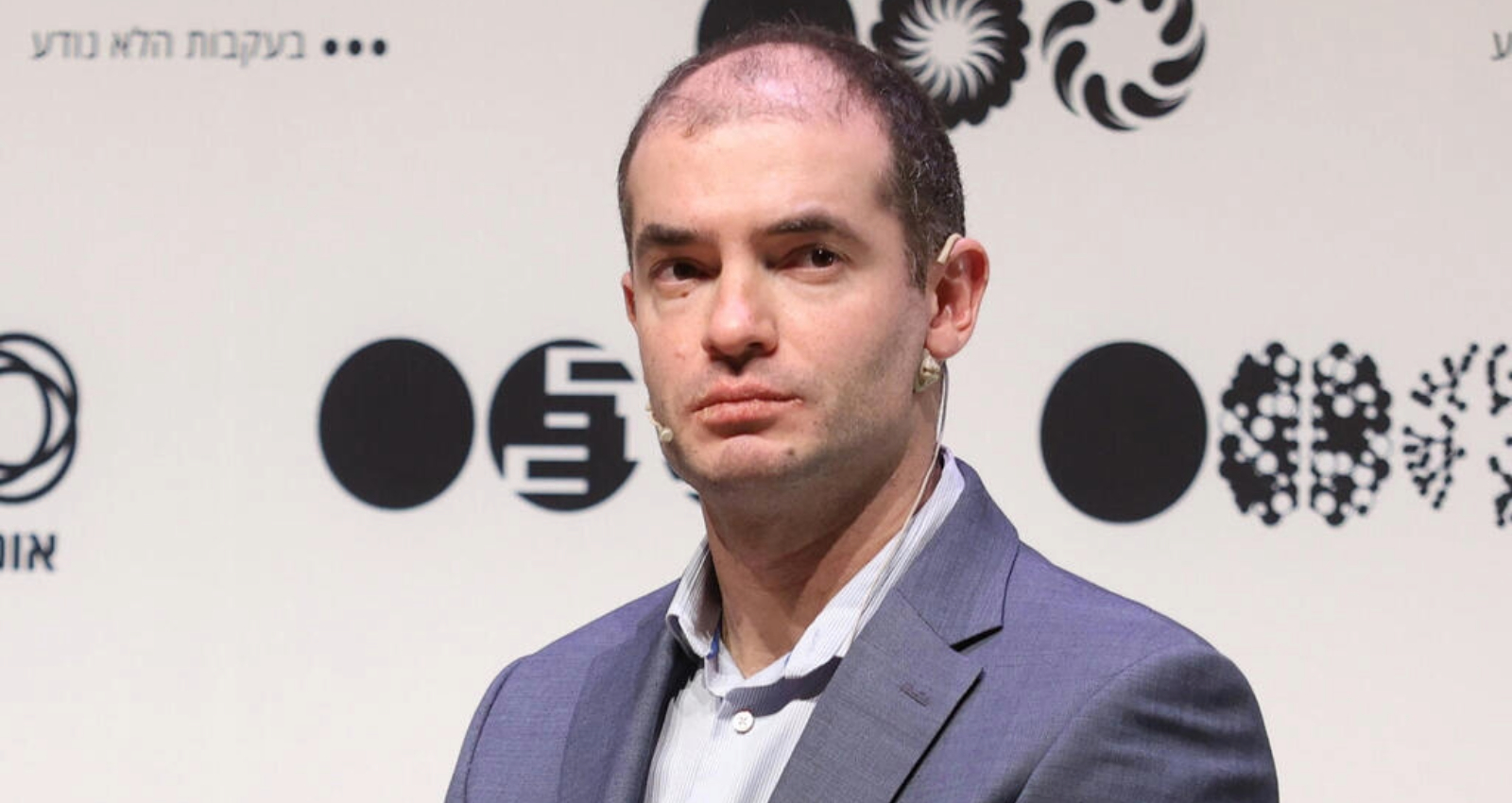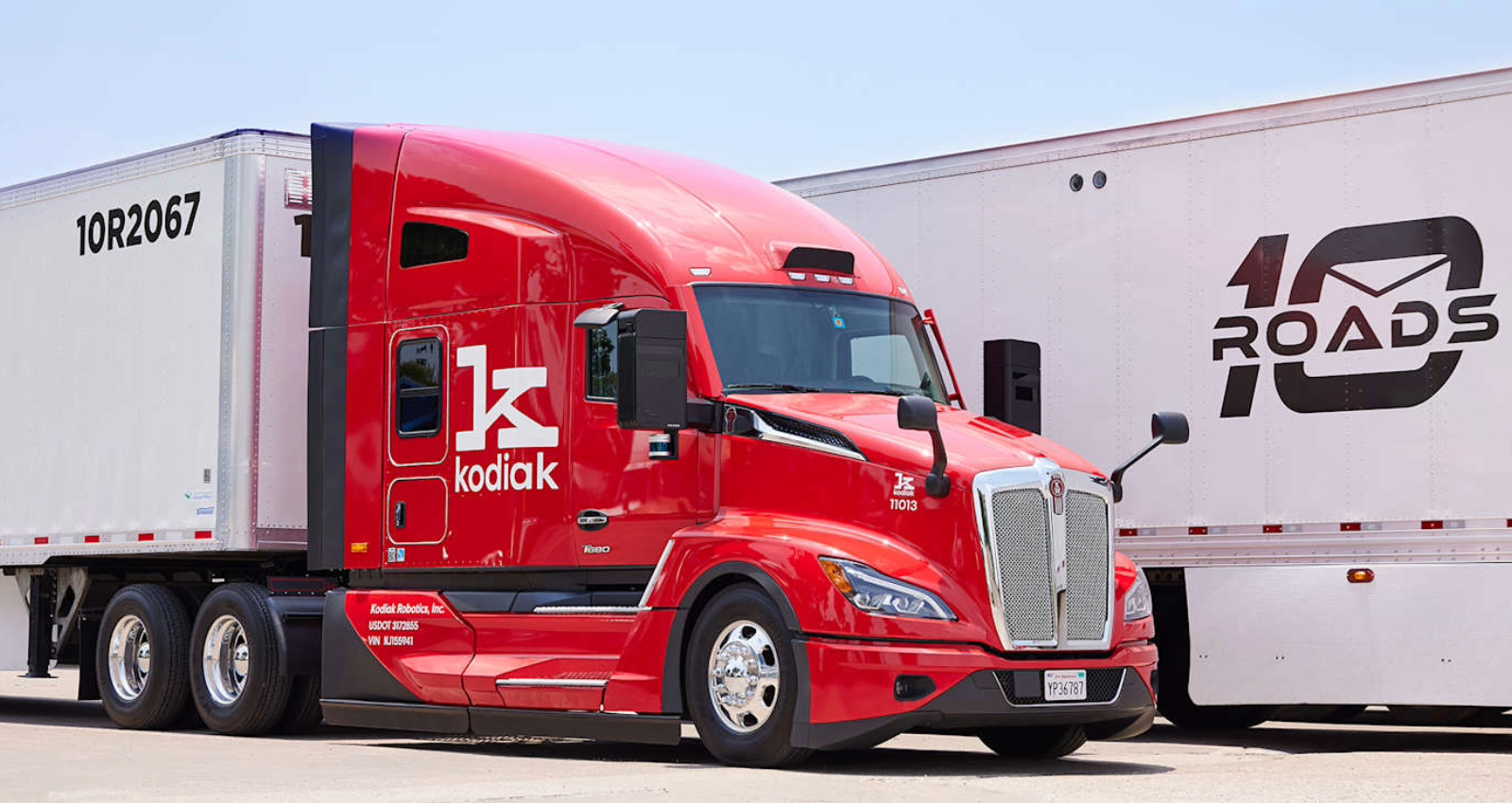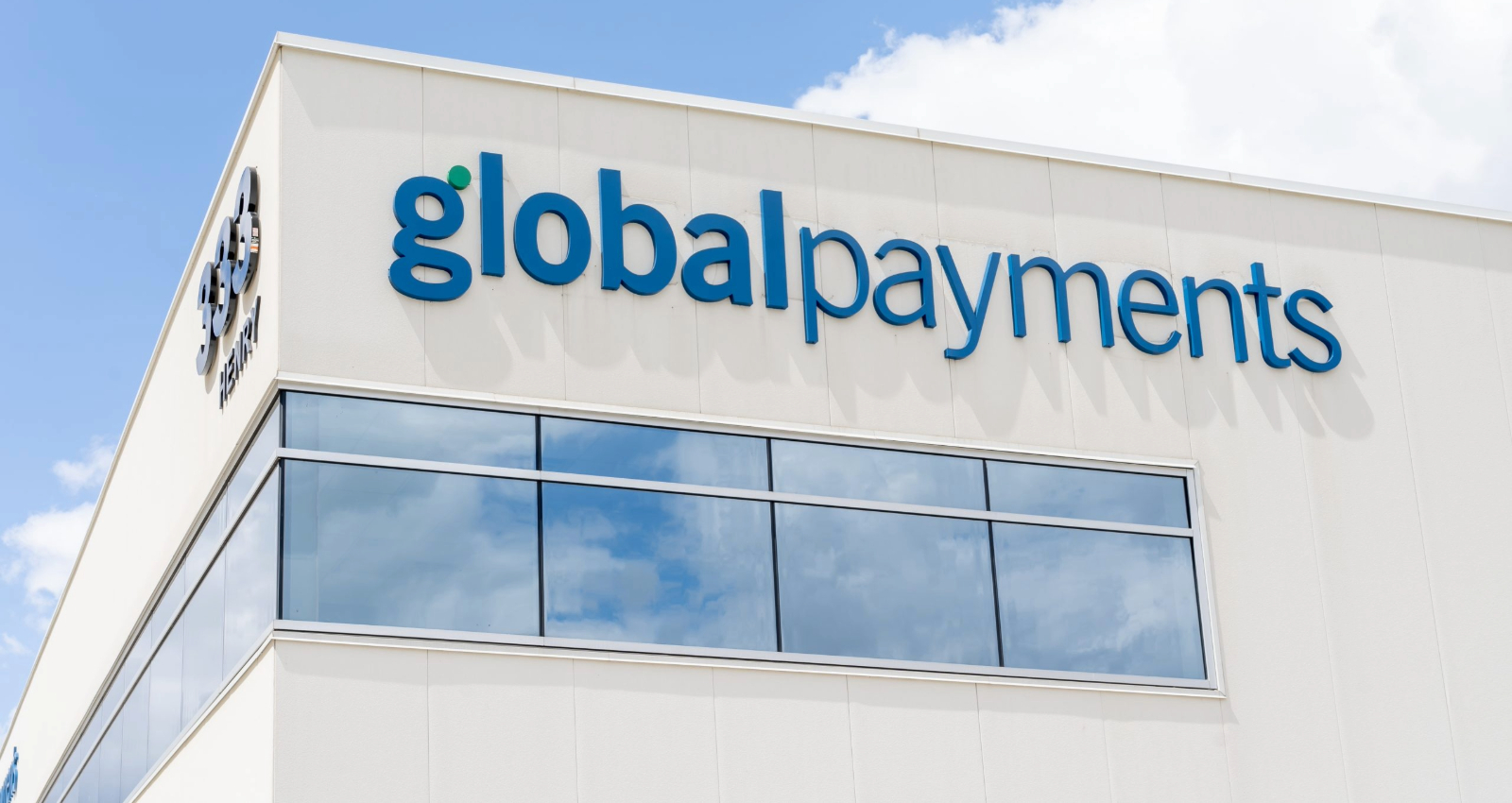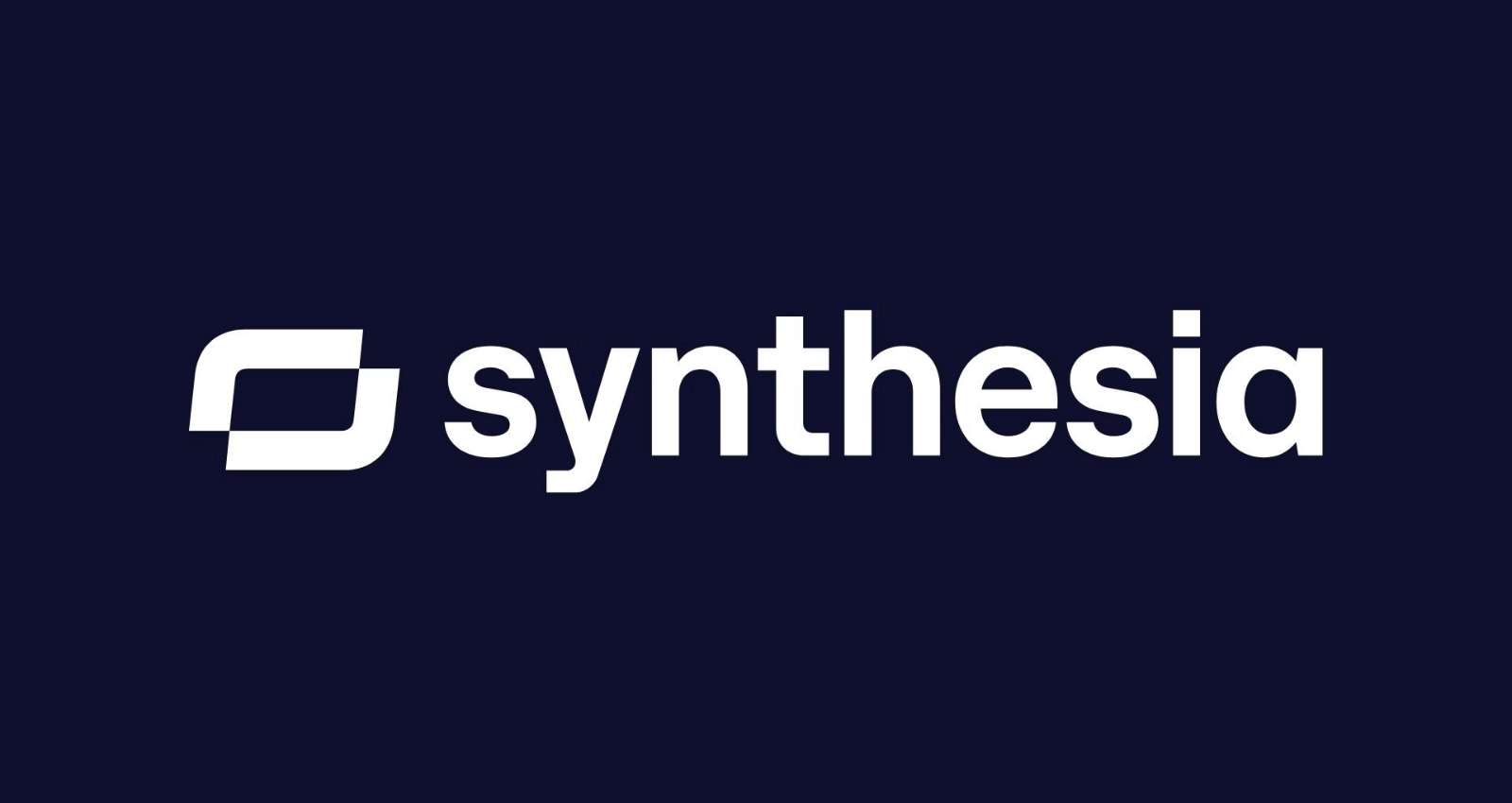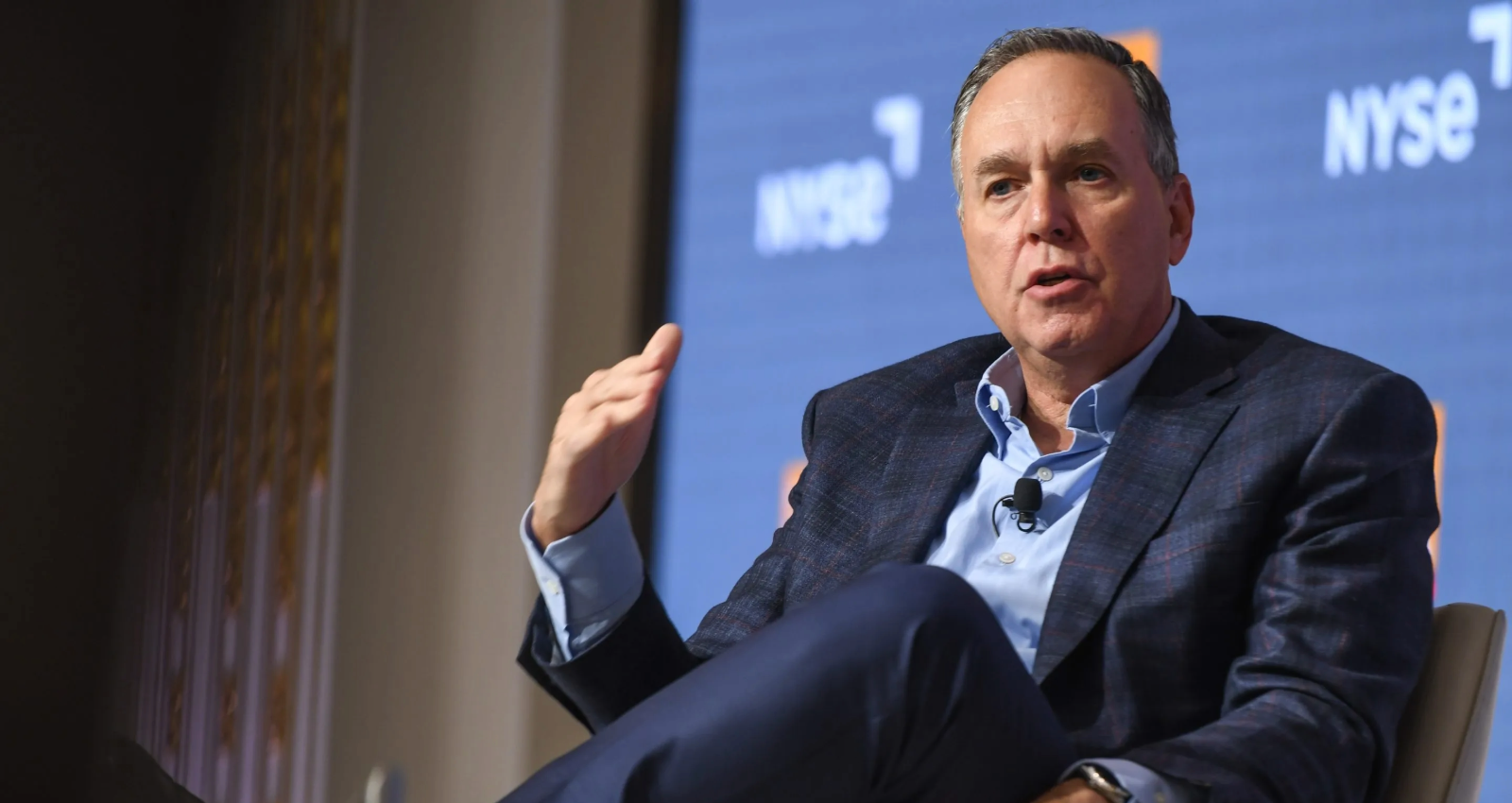- May 14, 2025
UnitedHealth Group Medicare Surprise Sends Stock Into Freefall, Trims $3 Billion From 2025 Outlook
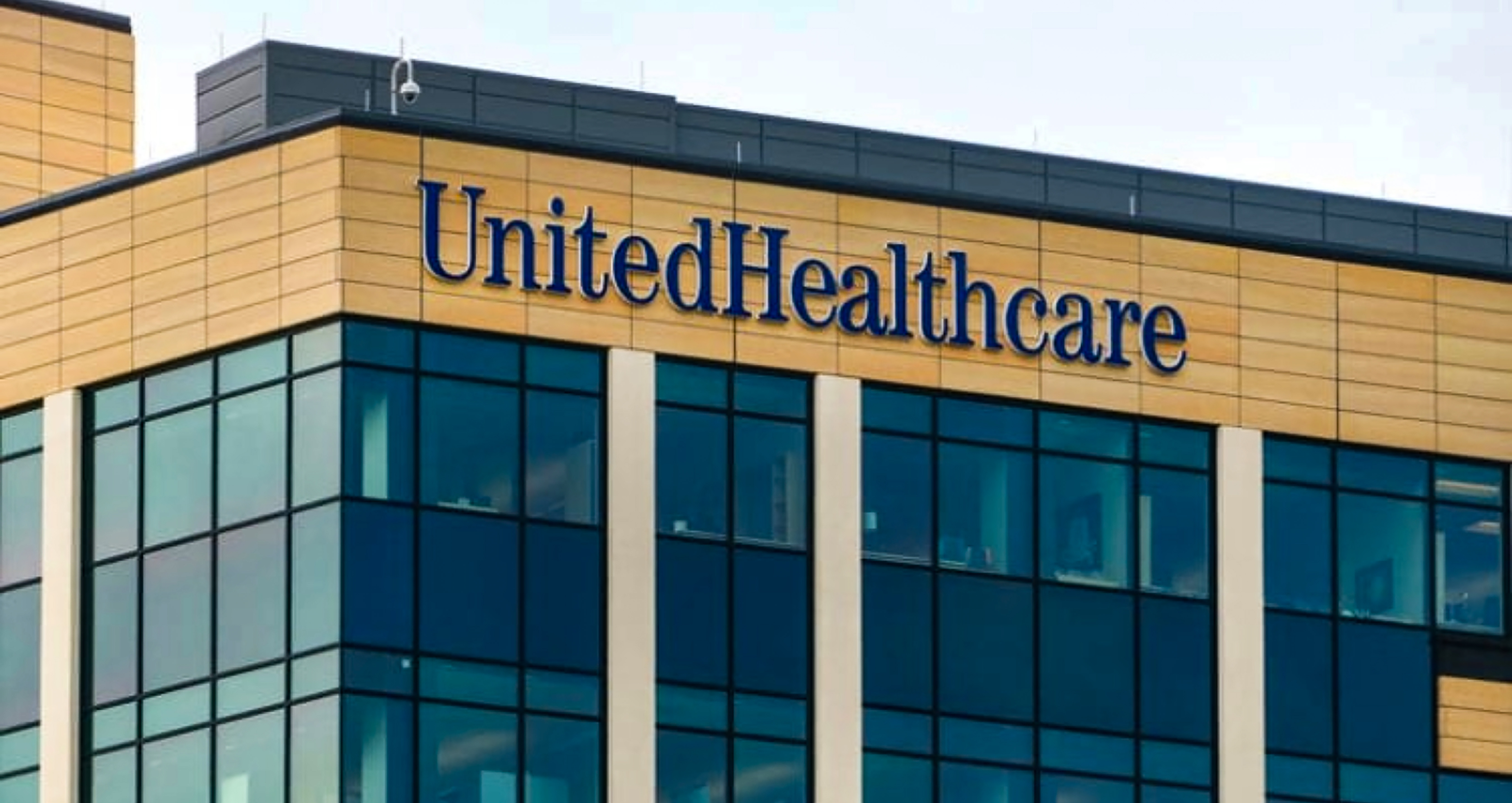
The bellwether of America’s health insurance sector just delivered a warning shot.
UnitedHealth Group, the largest private Medicare provider in the country, cut its full-year earnings forecast by over $3 billion after a surge in medical care usage among seniors caught executives off guard. The unexpected spike concentrated in its Medicare Advantage business triggered the company’s steepest single-day stock drop in more than two decades.
Wall Street didn’t see it coming.
The company’s earnings per share are now expected to land near $24.90, down sharply from its previous estimate of $28.40. That’s a 12% cut, substantial for a company that rarely misses. Analysts had been expecting $29.72, according to FactSet. Shares plunged 22% to close at $454.15, wiping out tens of billions in market value.
And the fallout didn’t stop with UnitedHealth Group.
Rival solutions like Elevance Health and CVS Health also took hits, although none were as brutal. The broader healthcare sector shivered.
What Went Wrong
UnitedHealth Group’s first quarter was a case study in how fast assumptions can collapse.
The company revealed that Medicare Advantage plan enrollees sought medical care roughly twice as much as predicted rates required. The Medicare segment of the company deviated from standard performance levels while Medicaid and employer-sponsored plans maintained steady enrollment numbers.
CEO Andrew Witty didn’t sugarcoat the miss. On a call with analysts, he described the performance as “frankly unusual and unacceptable.” But he emphasized that the issue was temporary and that internal fixes were already underway.
Medical usage data shows evidence of patient practices changing after the pandemic. Insurers are finding it challenging to predict patient numbers because many seniors who put off medical treatment before COVID-19 returned to hospital visits in increased numbers.
The number of Americans enrolled in Medicare Advantage currently exceeds 30 million as insurers navigate a complicated financial management system. The federal government supports this managed care system through funding, while UnitedHealth Group and other firms set premium rates using estimates of care utilization. The doubling of care utilization leads healthcare providers to lose their entire profit.
A Sector Barometer Wobbles
UnitedHealth Group’s report matters beyond its own balance sheet.
With over 50 million members and business lines spanning insurance, pharmacy benefits, and care delivery through Optum, UnitedHealth Group often sets the tone for the rest of the healthcare sector. When it stumbles, markets listen.
Despite the earnings hit, the company still posted a $6.3 billion profit in the first quarter, a dramatic turnaround from last year’s $1.41 billion loss, which stemmed from a cyberattack on its Change Healthcare division. Adjusted earnings came in at $7.20 per share on $109.6 billion in revenue.
But expectations were higher. Analysts were looking for $7.29 per share and $111.5 billion in sales.
This latest miss sparked fresh concerns about the long-term viability of Medicare Advantage profit margins, which have already been pressured by reduced federal payments and rising medical costs.
Daniel Barasa, a portfolio manager at Gabelli Funds, noted that while current cost trends are painful, a recently announced 2026 rate increase for Medicare Advantage could offer some breathing room next year.
The Bigger Picture of Demand and Demographics
Beyond this quarter, UnitedHealth Group earnings downgrade signals deeper shifts in American healthcare.
The U.S. population is aging fast. Every day, roughly 10,000 people turn 65. As Medicare Advantage continues to attract enrollees, the cost of delivering quality care at scale will only increase.
UnitedHealth’s Optum division, which combines care delivery with tech-enabled services, is one bet on solving that challenge. But the near-term strain on earnings shows the limits of even the most vertically integrated players when demand moves faster than forecasts.
Competitor Elevance Health, which covers 2 million Medicare Advantage members, struck a more confident tone. In an SEC filing, the company said that its first quarter results would beat expectations and that its cost trends were “consistent with its expectations and pricing.”
Still, the message from UnitedHealth Group is clear: no one is immune. Even the most sophisticated risk models can be blindsided by demographic waves and post-pandemic behavior shifts.
For investors, health system leaders, and policy watchers alike, the story isn’t just about a bad quarter, it’s about an evolving system. One where assumptions about demand, cost, and care delivery will need constant recalibration.
UnitedHealth Group, for all its scale and data advantage, just gave the rest of the sector a very expensive reminder.




